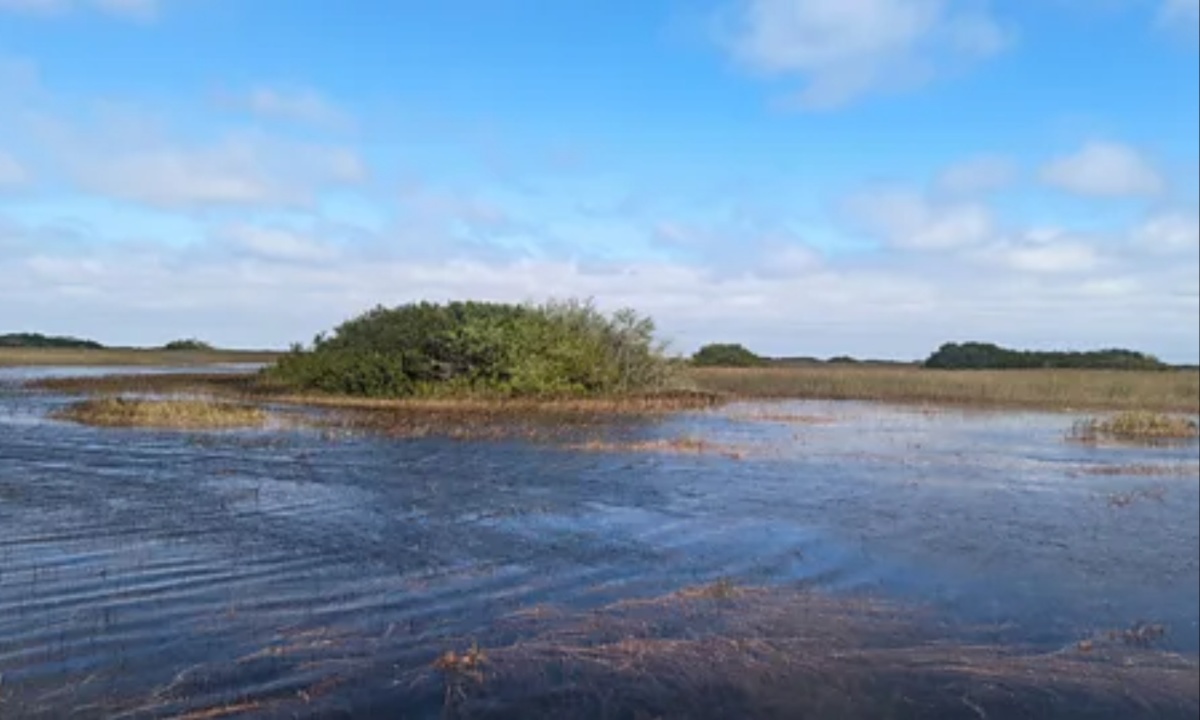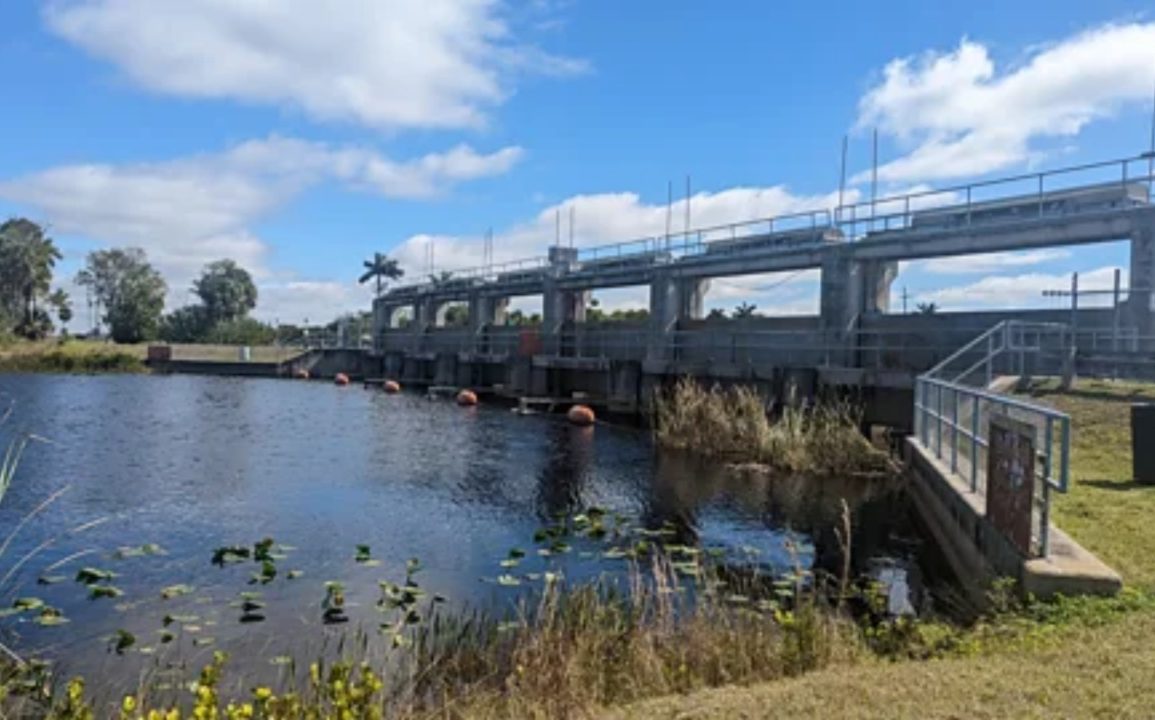The construction of a massive reservoir in Florida, larger than Manhattan Island began in February 2023 as part of a long-awaited restoration of the Everglades ecosystem. This project, part of the Comprehensive Everglades Restoration Plan (CERP), is designed to secure a long-term supply of clean drinking water for South Florida.
The reservoir, located south of Lake Okeechobee, will store water to recharge aquifers and reduce harmful algal blooms that have plagued Florida’s beaches and are considered crucial for restoring the Everglades and protecting millions of residents’ water supply.
The Everglades Agricultural Area (EAA) reservoir will stretch over 10,100 acres, storing 78 billion gallons of water and featuring a 6,500-acre stormwater treatment area. It is expected to address several environmental challenges, including pollution from Lake Okeechobee and providing clean water to the Everglades.
Conservationists and scientists believe the project is key to protecting South Florida’s drinking water, which is sourced from aquifers replenished by the Everglades. The project aims to reduce harmful discharges from the lake that have contributed to toxic algae blooms on the coasts.

Florida’s rapidly growing population, expected to increase by 23% by 2040, is putting immense pressure on its water supply. The state’s water management challenges are compounded by rising sea levels and the potential for saltwater intrusion into aquifers.
Miami-Dade County, the most populous in Florida, faces the threat of saltwater contamination due to the rise in sea level. The Everglades’ restoration, including the construction of the reservoir, is seen as a vital step in protecting the state’s vulnerable water resources.
The Everglades restoration plan, the largest environmental project of its kind globally, aims to restore water flow to the ecosystem, build water treatment areas, and manage flood control. The entire project is expected to be completed by 2029.
The restoration efforts include creating new water infrastructure, such as stormwater treatment areas and control structures, to protect drinking water and the natural environment. However, experts caution that the project’s success could be affected by changing weather patterns and rising sea levels.
One of the significant concerns is the potential for saltwater intrusion, which threatens to contaminate freshwater aquifers. Experts like Barry Rosen of Florida Gulf Coast University emphasize that balancing freshwater and flood control is a delicate task.
If too much freshwater is allowed into the system, it could cause flooding, while too little could exacerbate saltwater intrusion. While the reservoir could help alleviate some of these issues, there are concerns that it may not be able to meet the region’s long-term water storage needs.
The project faces several challenges, including the risk of harmful algal blooms developing in the reservoir itself. Agricultural runoff has been a significant source of water pollution in Florida, and the state’s lakes are among the most polluted in the country.
Efforts to reduce pollution, such as Governor DeSantis’ Clean Waterways Act, aim to address agricultural runoff and improve water quality, but these measures have faced criticism for not going far enough. Toxic algal blooms, such as red tide, have had devastating ecological and economic impacts on Florida’s coastlines.
Discharges from Lake Okeechobee have been linked to red tide blooms along Florida’s coasts, killing marine life and damaging the tourism industry. The discharges, heavily polluted by agricultural runoff, contribute to the growth of harmful algae when they reach the ocean. Efforts to control these discharges and improve water quality are integral to the broader restoration project, but experts caution that the reservoir alone cannot solve all the problems.
While the construction of the EAA reservoir is still underway and won’t be completed until 2029, smaller-scale restoration efforts have already begun. These include raising sections of the Tamiami Trail to improve water flow and building underground walls to prevent flooding. These measures are designed to restore the natural flow of water in the Everglades while protecting nearby communities from flooding.
The restoration efforts have shown some early signs of success, with increased waterlogged days in areas like the Picayune Strand and Everglades prairies. Prescribed burns have also been used to manage vegetation and improve water flow through the ecosystem.
Despite the challenges, experts remain optimistic that the restoration will yield significant benefits for water management, ecosystem health, and the reduction of harmful algae blooms in the long run.
Overall, the Everglades restoration project, including the construction of the EAA reservoir, represents one of the most ambitious environmental restoration efforts ever undertaken. Although the project faces challenges related to climate change, pollution, and water management, it holds the potential to significantly improve the health of Florida’s ecosystems and secure a sustainable water supply for millions of residents.

